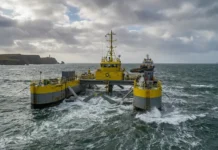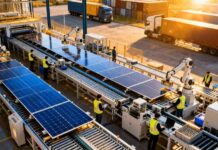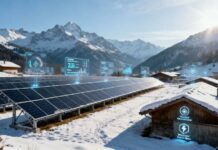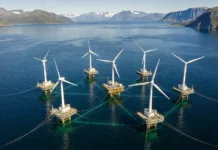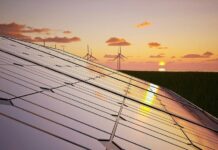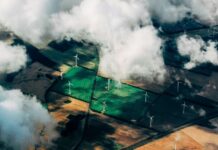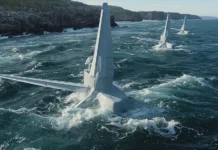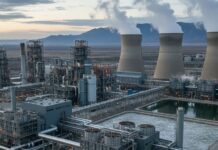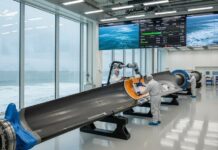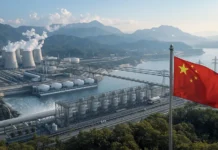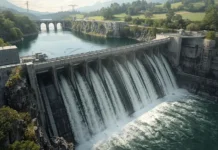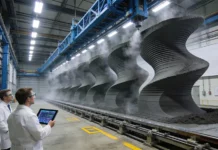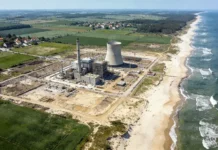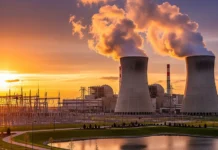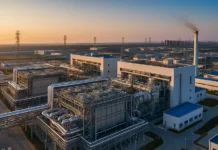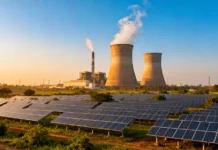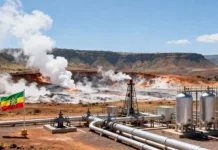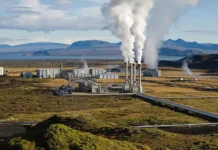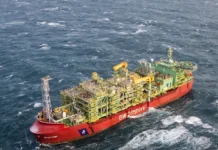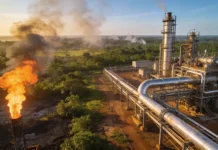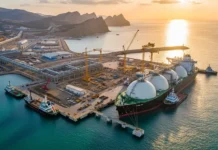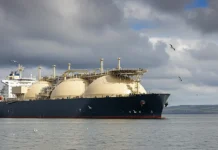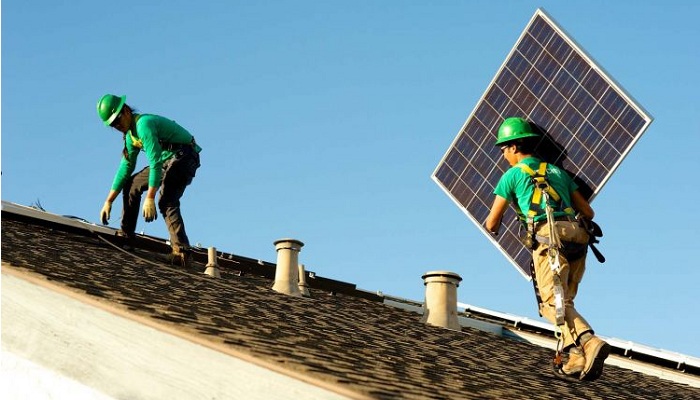Every industry comes with its fair share of risks, and the renewable energy sector is no exception. Thankfully, fatal incidents are few and far between. However, injuries are relatively common. Confined spaces, electrical currents, heavy machinery and tall equipment can prove quite dangerous, especially if employees are unaware of risks.
Thus, in order to increase worker safety within the industry, employers and companies must begin standardizing training, evaluating potential risks and establishing a culture of safety. Here are a few ways you can start improving safety at your facility.
Evaluate Potential Risks
Of course, one of the best ways to reduce risks is to become more aware of them. Renewable energy projects involve many of the same hazards as those at construction sites. Falls, burns, electrical shocks and arc flashes all pose some serious dangers to workers. However, the renewable energy industry’s unique nature can exacerbate these risks and make them more deadly.
For instance, a construction worker may fall from a two or three-story building and live to tell the tale. However, someone working on a 100-foot-tall wind turbine has little chance of surviving if they fall from a tower. Therefore, surveying the worksite and inspecting infrastructure on a regular basis may be helpful in determining potential risks and safeguarding against them.
Fulfill Training Requirements
Managers and supervisors are sometimes more aware of risks than workers are. Ensure everyone understands potential dangers and how to complete tasks safely by establishing ongoing training programs. Make sure each employee fulfills training requirements and has a working knowledge of all necessary equipment and machinery. Incentivize their personal and professional growth by offering promotion opportunities and bonuses, and hold weekly meetings to make sure everyone on your team is on the same page regarding safety precautions.




